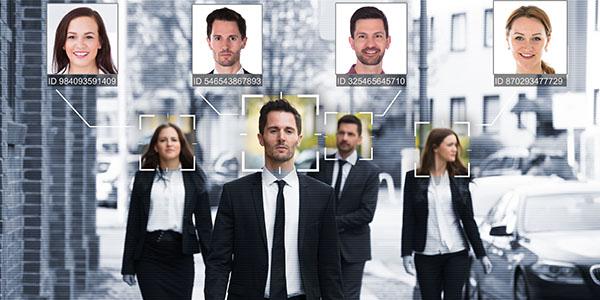NIST: Facial Recognition Technology Improving by Leaps and Bounds
Facial recognition technology has become “spectacularly” more effective at matching an individual with their photo in a gallery of millions of pictures.
Facial recognition technology has become “spectacularly” more effective at matching an individual with their photo in a gallery of millions of pictures, according to the latest research by U.S. government scientists.
“The algorithms now are spectacularly more successful [at matching two pictures of the same person] than they were when we first tested this technology in 2010,” Patrick Grother, the biometrics testing project leader at the National Institute of Standards and Technology (NIST) told AFCEA International’s Federal ID Forum and Expo Tuesday.
He said the error rate—which was as low as 0.5 percent for the top five products—was “maybe a factor of 50 or 60 lower than it was in 2010,” and showed great strides even from more recent testing in 2013.
The “residual errors” are mostly due to one of two issues, Grother said: “Long-term aging … [meaning] the appearance of the face changes sufficiently that the algorithm can’t recognize the person; and the other one is injury,” where one of the photos being matched shows the person after “they’ve been in a fight or they’ve been injured somehow and their face doesn’t look like itself.”
Despite the great improvements, Grother said not all facial recognition technology was effective. “There’s a great deal of variation across the industry in terms of algorithm capability. It’s not commoditized technology, you can’t buy anyone’s … You have to do due diligence,” he said.
He said that other factors affecting the success rate include picture quality. NIST used a different gallery of images captured with a webcam. “With poor photo quality, the error rate [of the most effective technologies] goes from less than 1 percent to 5 or more,” he said.
NIST's Facial Recognition Vendor Testing program uses technology provided by manufacturers to try to match mugshot photos against a gallery of 26.6 million “reasonably well-controlled live portrait photos of 12.3 million individuals,” according to the agency’s website. The vendors represent “a substantial majority of the face recognition industry,” the agency says.
This so-called 1:n matching—looking for a match in a huge database—is very different and much harder than the 1:1 matching that NIST also tests for, where vendors are essentially confirming that someone really is the person shown in a photo, for instance on an identity document.
NIST posted results from the latest round of 1:n testing earlier this month, and later this year will for the first time publish additional research on “demographic dependencies” meaning the effect that “age, sex and race” have on the effectiveness of the technology.





Comments